

— Blogs —
—Products—
 Consumer hotline +8618073152920
Consumer hotline +8618073152920 WhatsApp:+8615367865107
Address:Room 102, District D, Houhu Industrial Park, Yuelu District, Changsha City, Hunan Province, China
Product knowledge
Time:2023-12-13 15:07:50 Popularity:1504
Environmental weather station is a device used to monitor and record environmental weather parameters. They usually consist of multiple sensors that can measure atmospheric temperature, humidity, barometric pressure, wind speed, wind direction, rainfall and other meteorological elements.
Environmental weather stations have a wide range of applications, covering many fields such as agriculture, meteorology, environmental protection, transportation and construction.
In the field of agriculture, environmental weather stations are used to provide meteorological data needed for agricultural production and help farmers make decisions on agricultural production management. For example, measures such as irrigation and fertilization are adjusted based on data obtained from environmental weather stations to make optimal use of natural resources and climatic conditions.
In the field of meteorology, environmental weather stations are used to monitor and record meteorological parameters to predict weather changes and climate trends. For example, environmental weather stations can measure changes in atmospheric temperature and humidity, which in turn can be used to infer precipitation probability and intensity for national weather warnings and weather services.
In the field of environmental protection, environmental weather stations are used to monitor environmental issues such as air quality and air pollutant concentrations. By measuring meteorological parameters and pollutant concentrations, environmental quality can be assessed and data support provided for environmental regulation.
In the field of transportation, environmental weather stations are used to provide meteorological data such as road conditions, visibility, wind speed, etc. to help drivers drive safely.
In the building sector, environmental weather stations are used to monitor indoor and outdoor temperature, humidity, wind direction and other factors to regulate air conditioning, ventilation equipment, etc. for optimal indoor comfort and energy efficiency.
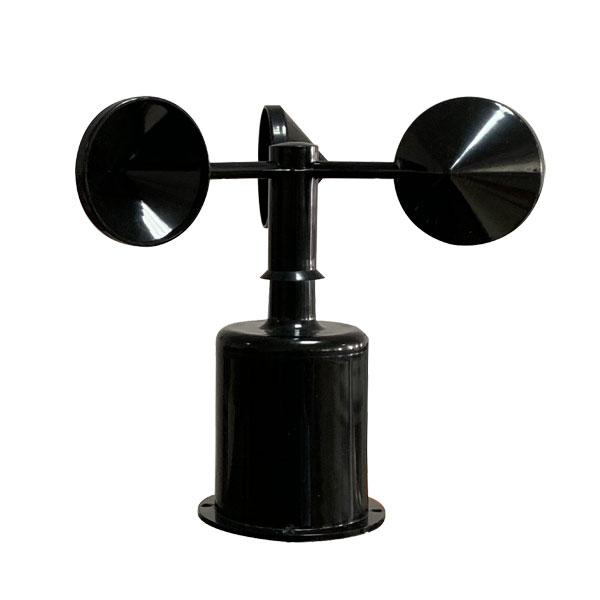
|
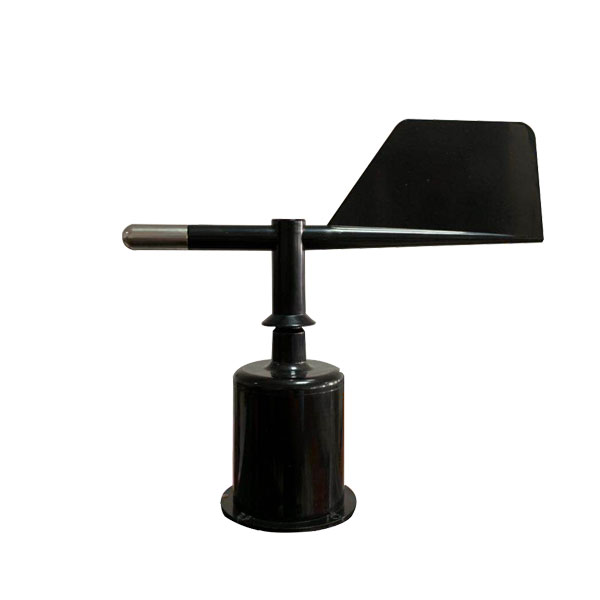
|
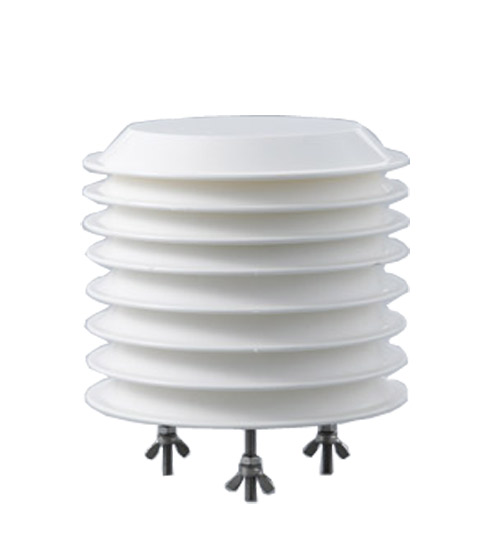
|
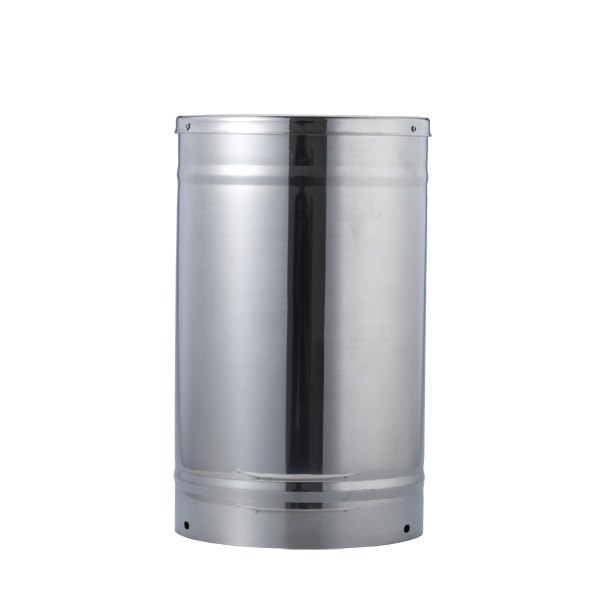
|
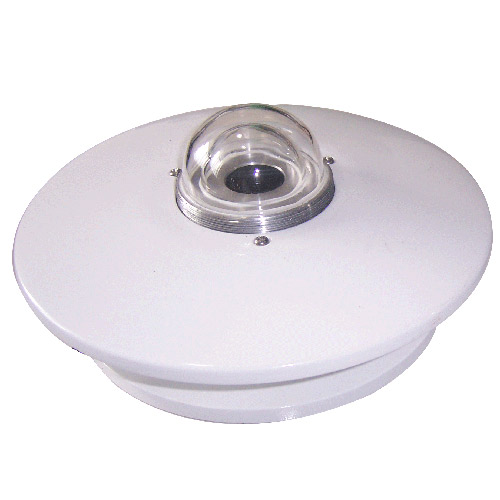
|
| Wind Speed sensor | Wind direction sensor | Atmospheric Temperature Humidity air pressure Sensor | Tipping bucket rain gauge sensor | Solar Radiation Sensor |
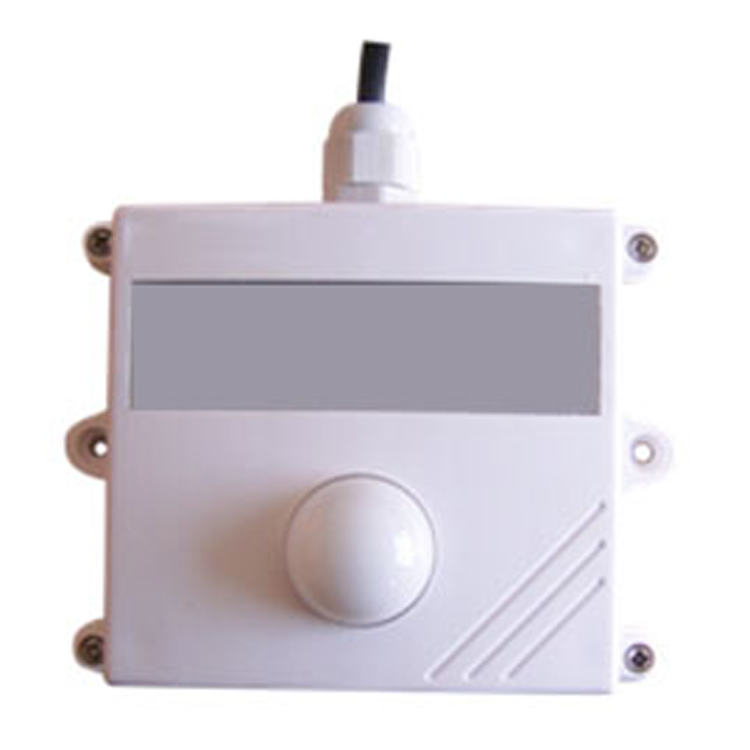
|
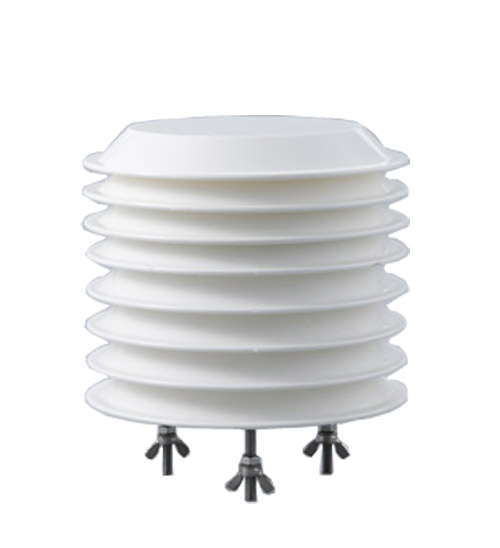
|
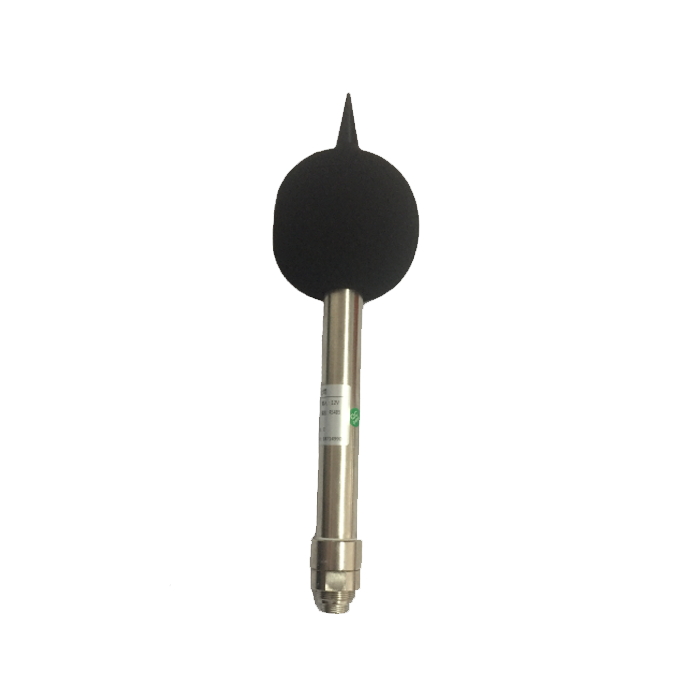
|
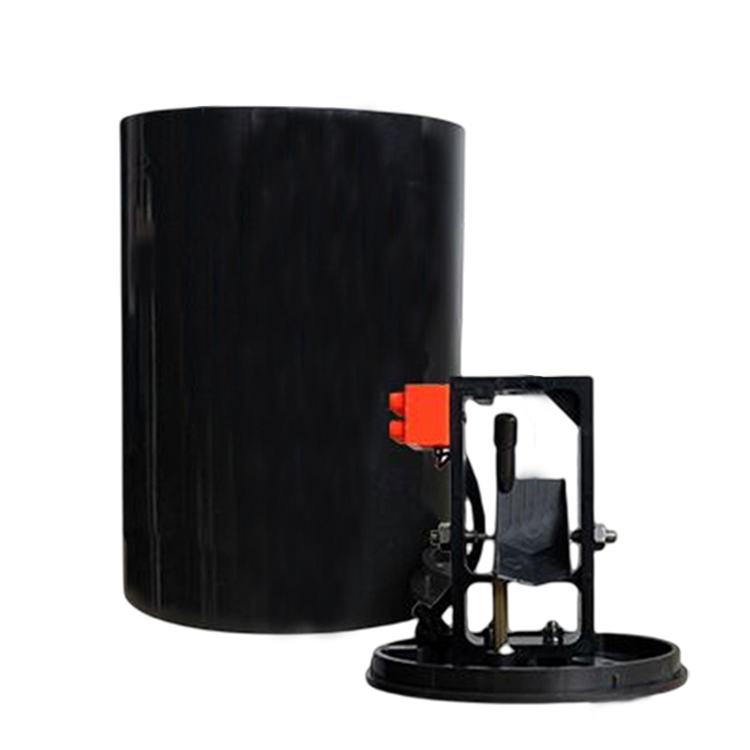
|

|
| illumination sensor | CO2 sensor | Noise measurement sensor | Tipping bucket rain gauge sensor | PM2.5 and PM10 sensors |
1.Temperature sensors:
Used to measure atmospheric and surface temperatures. Common temperature sensors include thermistors (e.g. platinum resistors), thermocouples and semiconductor temperature sensors.
Temperature sensors are widely used in weather stations, weather satellites and other meteorological observation equipment.
2. Humidity Sensors:
Measure the level of humidity in the air, including relative and absolute humidity. Common humidity sensors include capacitive and resistive sensors.
Humidity sensors are important for applications such as predicting precipitation, determining cloud formation, and agricultural irrigation.
3. Barometric Sensors:
Used to measure atmospheric pressure, usually with piezoresistive or piezoelectric sensors.
They typically use piezoresistive or piezoelectric sensors to measure changes in air pressure. Atmospheric pressure sensors are critical in weather forecasting, climate research, and aviation, among others.
Data from these sensors can be transmitted wirelessly or wired to weather observatories, data loggers, or other data processing equipment for analysis, research, and forecasting. Together, they provide accurate measurements of atmospheric conditions and provide the basic data for weather forecasting, climate research and other related applications.
4. wind speed sensors:
Measure the speed of the wind, common sensors include Cup Anemometer (Cup Anemometer) and Ultrasonic Anemometer (Ultrasonic Anemometer).
Data from wind speed sensors can be combined with measurements of other meteorological elements, such as temperature, humidity and atmospheric pressure, to provide more comprehensive meteorological information. These data are important for weather forecasting, climate research, air navigation and wind energy utilization.
5. Wind direction sensors: measure the direction of the wind, common sensors include Wind Vane and Wind Sensor.
Data from wind direction sensors can be used in conjunction with measurements of other meteorological elements, such as wind speed, temperature, humidity, etc., to provide more comprehensive meteorological information. These data are important for weather forecasting, climate research, air navigation, and wind energy utilization.
6. Rainfall Sensors:
Detect the amount of precipitation, common sensors include Tilting Barrel Rain Gauges and Photoelectric Rain Drop Sensors.
Rainfall sensors are sensors used to measure the amount of rainfall. They are usually installed in outdoor environments to monitor and record the amount of rainfall.
Rain sensors can operate using a variety of technologies, including mechanical and electronic. Mechanical rain sensors typically include a funnel-shaped collector and a gauge. As rainwater enters the collector, the sensor registers the rise in water level, thereby inferring the amount of rainfall. Electronic rainfall sensors, on the other hand, measure rainfall by utilizing principles such as capacitance, ultrasound, or optics.
These sensors provide real-time rainfall data that helps people understand the distribution, intensity and duration of rainfall. This is important for weather forecasting, urban drainage system planning, and agricultural irrigation management.
Rainfall sensors are widely used in meteorological observatories, agricultural fields, urban drainage systems, hydrological gauging stations and other places. They can provide accurate rainfall data to help decision makers make rational decisions and provide basic data for research and applications in related fields.
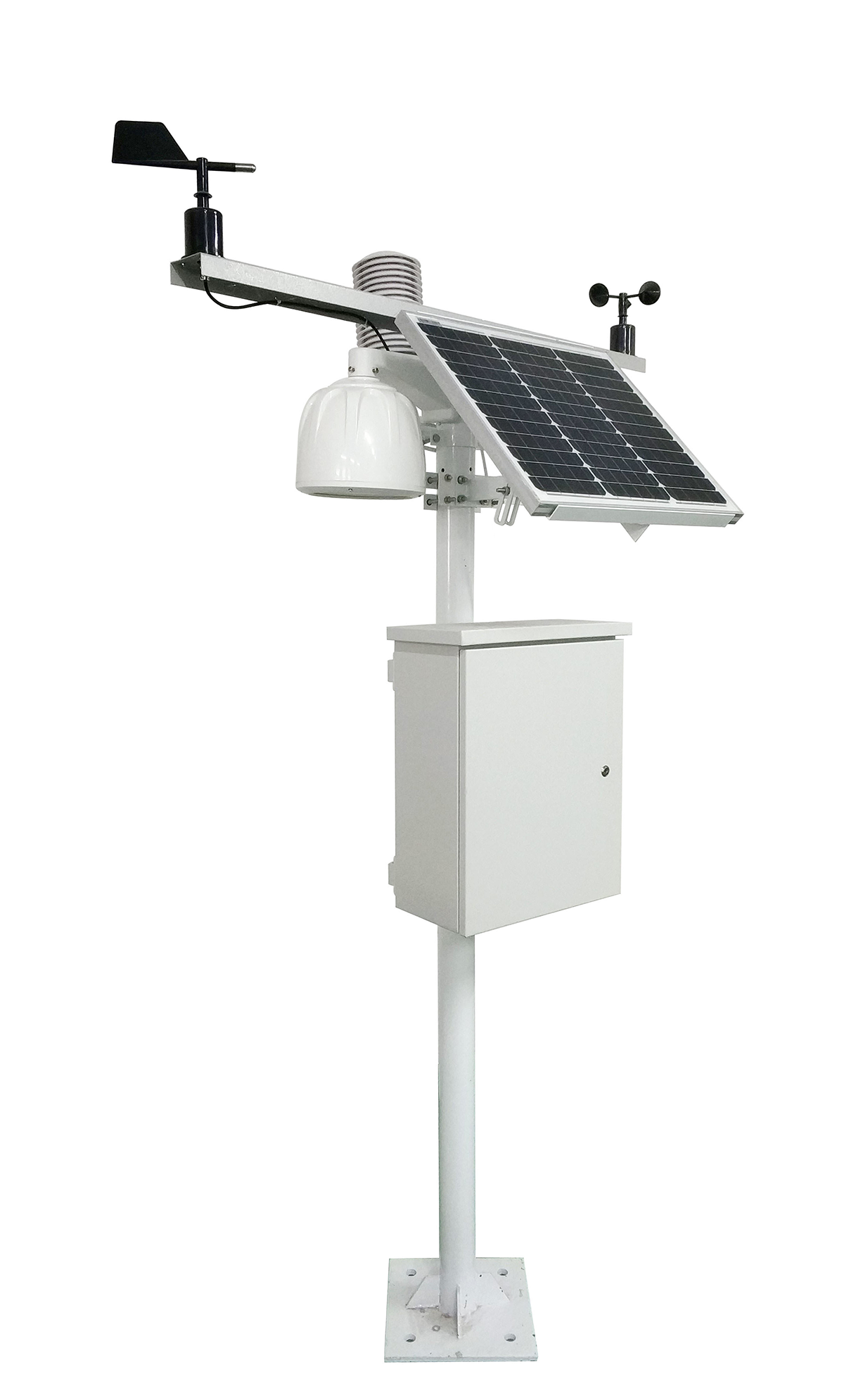
7. Radiation sensors:
measure solar radiation, ultraviolet radiation and radiant energy, etc., which are used to assess solar energy, climate change and other related parameters. Common sensors include solar radiometers and ultraviolet radiometers.
Solar radiation sensors are sensors that measure the sun's ability to radiate radiation, and they are commonly used in fields such as meteorology, environmental monitoring, and renewable energy.
The principle of operation of solar radiation sensors usually involves photosensitive elements such as silicon photocells or thermocouples. These elements are very sensitive to the sun's radiative power, and when the sun's rays hit the surface of the element, it produces a current or temperature change. By measuring and converting these changes, the sensor can provide accurate solar radiation data.
Applications for solar radiation sensors include, but are not limited to, the following:
1. meteorological monitoring: solar radiation sensors can be used to measure the intensity of solar radiation and the intensity of ultraviolet radiation, helping meteorologists to predict weather changes and climate trends.
2. Renewable energy: solar radiation sensors can be used to monitor the sun's radiation capacity to provide data support for equipment such as solar panels or solar water heaters to achieve more efficient use of solar energy.
3. Environmental monitoring: solar radiation sensors can be used to monitor solar radiation in the environment, providing data for urban planning and security monitoring. For example, they can be used to measure the heat island effect in different areas of a city.
4. building design: solar radiation sensors can help architects determine the orientation and window design of buildings to maximize the use of natural light and heat.
8. Light sensors:
Used to measure ambient light intensity, common sensors include photoresistors and photodiode sensors.
Illuminance sensors are sensors used to measure the intensity of light in the environment. They are commonly used in applications such as indoor and outdoor lighting control, agricultural light management, building design, and environmental monitoring.
The principle of operation of illuminance sensors usually involves photosensitive elements such as photoresistors, photodiodes, or photosensitive capacitors. These elements are very sensitive to changes in light intensity, and when the light intensity changes, their resistance, current or capacitance values change accordingly. By measuring and converting these changes, the sensor can provide accurate light level data.
Applications for light level sensors include, but are not limited to, the following:
1. Indoor lighting control: Illuminance sensors can be used to automatically adjust the brightness of indoor lighting systems to achieve energy savings and comfort based on changes in ambient light.
2. Agricultural light management: In agricultural environments such as greenhouses and plant factories, illuminance sensors can help monitor light intensity and promote plant growth by providing light control according to plant needs.
3. building design and energy saving: by measuring the light intensity inside and outside the building, illuminance sensors can provide data support to help optimize building design and indoor lighting layout to achieve energy saving.
4. Environmental monitoring: Illuminance sensors can be used to monitor light conditions in environments such as public places and city streets, providing data for urban planning and security monitoring.
These sensors are usually integrated into environmental weather stations, where the information obtained is integrated and analyzed through a data acquisition and processing system to provide accurate weather data for users' reference.
Overall, environmental weather stations play an important role in various fields, providing essential data support for people's production, life and social management.
Related recommendations
Sensors & Weather Stations Catalog
Agriculture Sensors and Weather Stations Catalog-NiuBoL.pdf
Weather Stations Catalog-NiuBoL.pdf
Related products
 Combined air temperature and relative humidity sensor
Combined air temperature and relative humidity sensor Soil Moisture Temperature sensor for irrigation
Soil Moisture Temperature sensor for irrigation Soil pH sensor RS485 soil Testing instrument soil ph meter for agriculture
Soil pH sensor RS485 soil Testing instrument soil ph meter for agriculture Wind Speed sensor Output Modbus/RS485/Analog/0-5V/4-20mA
Wind Speed sensor Output Modbus/RS485/Analog/0-5V/4-20mA Tipping bucket rain gauge for weather monitoring auto rainfall sensor RS485/Outdoor/stainless steel
Tipping bucket rain gauge for weather monitoring auto rainfall sensor RS485/Outdoor/stainless steel Pyranometer Solar Radiation Sensor 4-20mA/RS485
Pyranometer Solar Radiation Sensor 4-20mA/RS485
Screenshot, WhatsApp to identify the QR code
WhatsApp number:+8615367865107
(Click on WhatsApp to copy and add friends)
